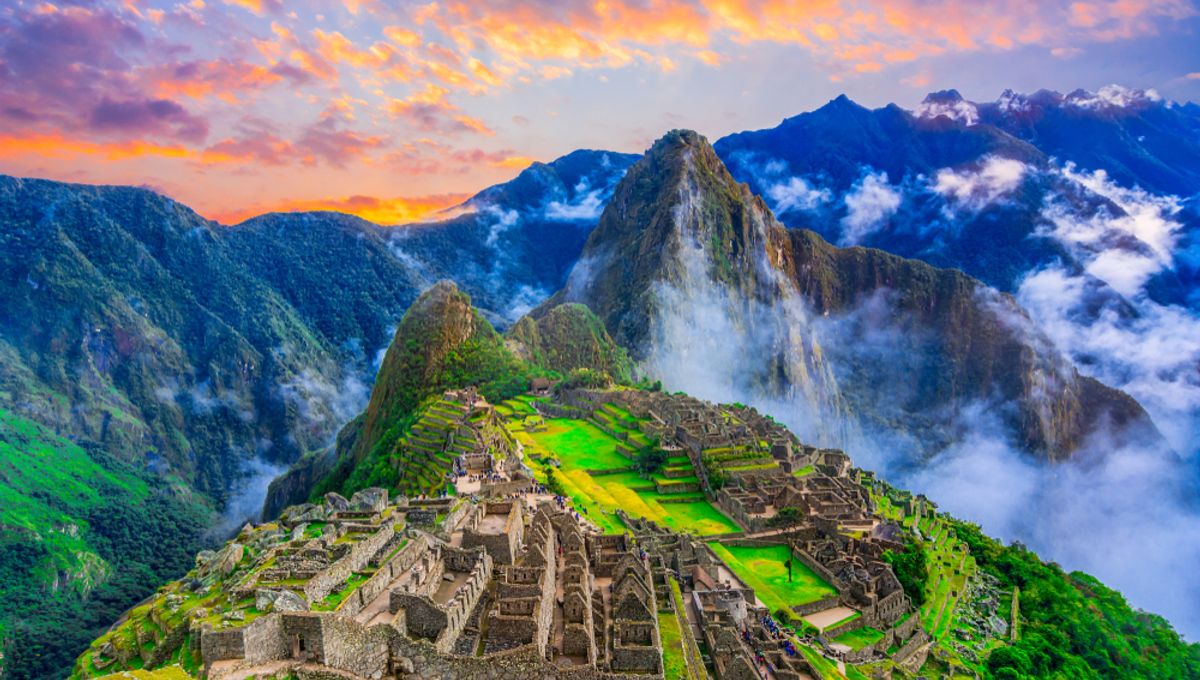
Ancient DNA taken from corpses at Machu Picchu has revealed that the so-called Lost City of the Incas was home to a multicultural population that hailed from across the empire and beyond. Tracing the genetic roots of 34 Machu Picchans to different regions of the Andes and Amazon rainforest, the researchers explain that those buried at the site were probably servants that had been brought from far and wide to work at the royal estate.
Originally built as a palace within the estate of the Inca emperor Pachacuti in the 15th century, Machu Picchu was predominantly inhabited by attendants known as yanacona (if they were male) or aclla (female). Previous research has indicated that these retainers lived pretty comfortable lives, as their bones show no signs of having been subjected to heavy manual labor or sent into battle, while a lack of evidence for childhood illnesses suggests they were well looked after.
However, until now, little was known about who these full-time occupants were or where they came from. To investigate, the study authors analyzed DNA from individuals buried at all four of Machu Picchu’s cemeteries and compared these to the genomes of an equal number of people from nearby Cusco.
“The results suggest a diverse retainer community at Machu Picchu in which people of different genetic backgrounds lived, reproduced, and were interred together,” write the researchers. Some of these servants were linked to ancient communities throughout the Andean highlands, while others came from areas further afield, such as the north and south Peruvian coast.
Six of the 34 retainers came from the Amazon rainforest, with the researchers tracing their origins to different regions in the lowlands of Peru, Ecuador, and Colombia.
“On the basis of our results, Machu Picchu was substantially more genetically diverse… than contemporary rural villages in the Andes,” explain the researchers. Furthermore, the fact that hardly any of the corpses were directly related to each other implies that “people arrived at Machu Picchu as individuals rather than communities or extended families.”
“Now, of course, genetics doesn’t translate into ethnicity or anything like that,” explained study author Jason Nesbitt in a statement. “But that shows that they have distinct origins within different parts of the Inca Empire.”
Overall, just two of the 34 individuals studied were related, with the pair identified as a mother and daughter. Both were descended from the Amazon, although an analysis of the daughter’s teeth suggests that she probably grew up in the Andes.
Interpreting their findings, the study authors suggest that Machu Picchu was a cosmopolitan mish-mash of cultures and races, where people from different backgrounds lived side-by-side, mated with one another, and were buried next to each other.
“Our genomic analyses reveal that the retainer community at Machu Picchu was very diverse and that their lives were not structured primarily by ethnic or regional backgrounds,” they write.
However, while the results of this study help to reveal the identities of the servants that lived at Machu Picchu year-round, the study authors lament that “unfortunately, the analyses reported here tell us nothing about the genetic identity of the Inca royalty and their guests for whom the country palace was built.”
“These elite individuals resided in Cusco and would not have lived full time at Machu Picchu or been buried there,” they say.
The study is published in Science Advances.
Source Link: Machu Picchu Was A Cosmopolitan City Inhabited By Foreigners, Genetic Study Reveals